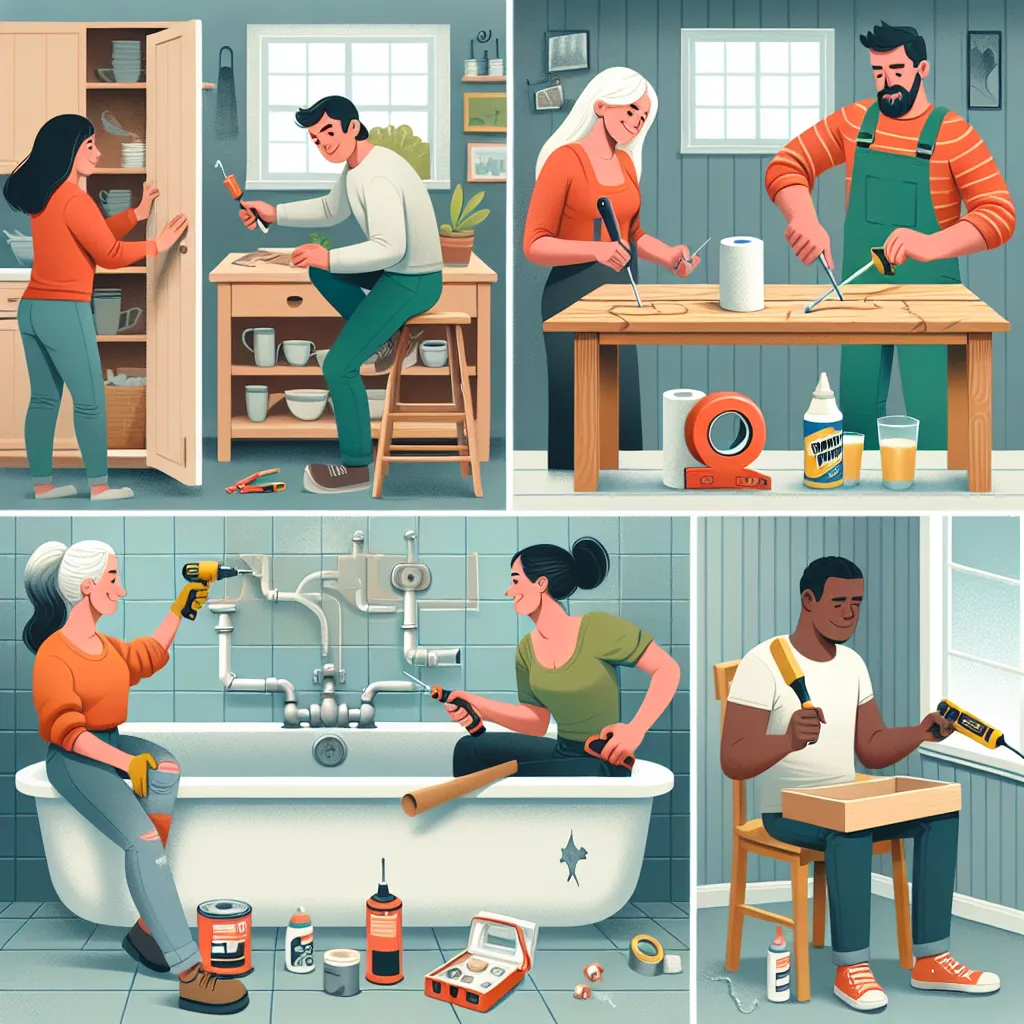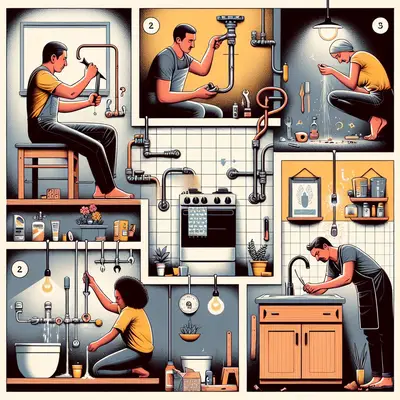From leaky faucets to squeaky doors, dealing with household repairs can be a daunting task. However, with a little know-how and ingenuity, you can handle many of these issues yourself. Check out these five savvy DIY tricks to tackle everyday household repairs.
1. Fixing a Leaky Faucet
A dripping faucet sound can be bothersome, not to mention the wastage of water it causes. The first step is to identify the type of faucet you have: compression, cartridge, or ball. For compression faucets, often simply replacing the worn-out washer can stop the leak. Cartridge and ball faucets may require a replacement kit, which includes all the parts necessary for repair.
2. Smoothing out Squeaky Doors
A squeaky door can be a nuisance, but it's an easy fix. The simplest solution is to use a lubricant like WD-40. Just spray it on the hinges while moving the door back and forth so the lubricant gets worked into the joints. If the squeak persists, you may need to remove the pins from the hinges and apply the lubricant directly.
3. Repairing a Running Toilet
A running toilet can waste gallons of water per day. The culprit is often a faulty flapper valve which controls the water that passes from the tank to the bowl. Fortunately, replacing it is relatively straightforward. Simply turn off the water supply, remove the old flapper and replace it with a new one.
4. Unsticking a Sliding Window
A sliding window that sticks can be frustrating. Luckily, the fix is often as simple as cleaning the tracks. Remove any debris with a brush and then wipe the area with a damp cloth. Apply a silicone-based lubricant to the tracks for smooth operation. If the window is still sticking, it may be off its tracks and need to be repositioned.
5. Patching Small Drywall Holes
Small holes in the drywall, often left by nails or screws, can be unsightly. To fix them, you'll need some spackling paste and a putty knife. Fill the hole with the paste, then smooth it out with the knife. Once it dries, you can sand it down and paint over the area to match the rest of the wall.
Conclusion
With these five handy DIY tricks up your sleeve, you'll be well-prepared to tackle common household repairs. Remember, the key to successful DIY repair is patience, the right tools, and a little bit of practice. Happy repairing!



